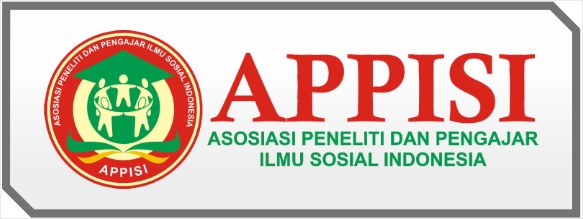The Analysis of Figurative Language In The Movie: Spellbound
DOI:
https://doi.org/10.56127/jushpen.v4i1.1872Keywords:
figurative language, figurative speech, movie, metaphorAbstract
Since words may be used to link individuals, express ideas, and transmit meaning, they are essential to communication. Character development, plot development, and audience involvement are all influenced by the language employed in dialogue. Through the use of figurative language, characters can communicate complex ideas, emotions, or relationships in dialogue in ways that are rich in meaning, vivid, and memorable. The purpose of this study is to identify the types of figurative language used in the Spellbound film. This film was analyzed using Gorys Keraf's theory of figurative language. The figurative language found were metaphor (23), antonomasia (14), personification (9), pun (8), irony (6), simile (4), antithesis (4), and hyperbole (30). The use of figurative language in the dialogue of the film Spellbound makes the story more interesting.
References
Cangara, H. (2005). Pengantar Ilmu Komunikasi. Jakarta: PT. Raja Grafindo Persada.
Deuter, M., Bradbery, J., Turnbull, J., Hey, L., & Holloway, S. (2015). Oxford Advanced Learner's Dictionary 9th Edition. United Kngdom: Oxford University Press.
Endraswara, S. (2008). Metode Penelitian Sastra. Yogyakarta: Media Pressindo.
Jacobson, R. (1960). Linguistics and Poetics. MIT Press.
Jenson, V. (Director). (2024). Spellbound [Motion Picture].
Keraf, G. (2023). Diksi dan Gaya Bahasa. Jakarta: Gramedia Pustaka Utama.
Lakoff, G. (1980). Metaphor We Live By. Chicago: University of Chicago Press.
Sugiono. (2020). Metode Penelitian Kualitatif. Bandung: Alfabeta.





















